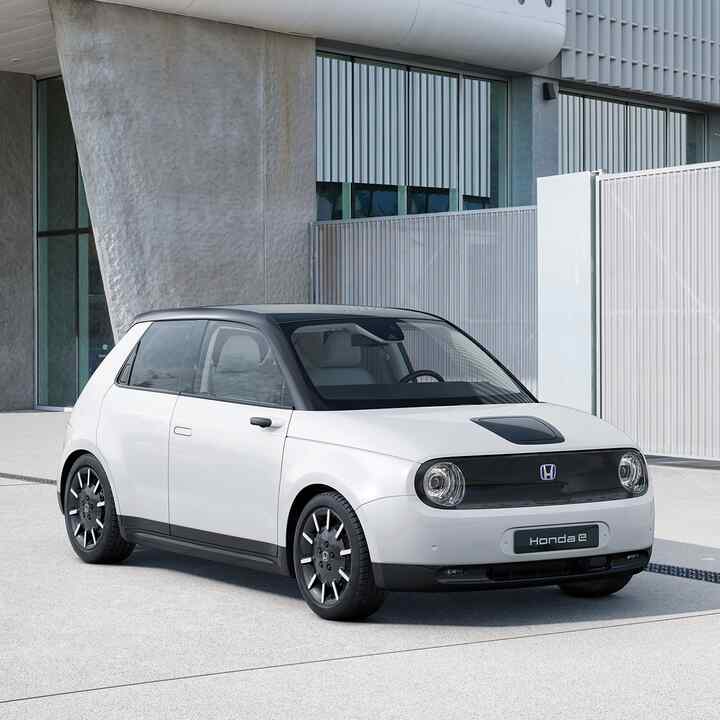220 Km
Easy Ways to be More Eco-Friendly
As more and more people seek to reduce carbon dioxide emissions and use precious resources more wisely, it’s easy to be overwhelmed by the pressure to ‘be more green’. But what exactly does that mean, and how do you do it?
The good news is that eco-friendly living is more achievable than ever, and doesn’t always mean spending lots of money or squeezing the joy out of life. Here are our 10 top tips for a greener lifestyle.
IT STARTS FROM YOUR HOME
REDUCE, REUSE AND RECYCLE
Recycling is one of the most obvious – and easiest – ways of being eco-friendly. Make it easy by having a waste bin and a recycling bin in the kitchen, the bathroom, and anywhere else that generates lots of waste. Paper and card are simple to separate out and are some of the most valuable materials to recycle. A compact compost bin can fit into even the smallest garden and makes a great free mulch or soil improver out of food scraps. Minimise food waste by not over-buying and making the most of left-overs.
REDUCE HOUSEHOLD EMISSIONS
Use cold-water settings on washing machines to avoid the CO2 emissions associated with generating electricity to heat up water. If you’re replacing an appliance go for one with a high energy efficiency – most will now have EU labels with A to G ratings, where A is the best, and annual energy consumption listed in kWh (lower the better). Switch to energy-efficient LED light bulbs, which come on instantly and last far longer than tungsten or halogen bulbs while using less electricity all the time they’re on.
USE RENEWABLE ENERGY
Switch to an electricity supplier that uses renewable sources for its power, so you’re avoiding fossil fuels. Renewables include sources like hydro, solar, wind and even something called anaerobic digestion, where animal and vegetable waste is processed to release a methane-rich gas which can be burned. There are more green energy suppliers than ever, so you should be able to find one that meets your needs. The big energy companies have cottoned on to consumers’ growing environmental awareness and offer green electricity tariffs, and there are a number of smaller suppliers.
INCREASE INSULATION
A quarter of the heat in your home can be lost through the roof, so add or increase loft insulation to the equivalent of 270mm of mineral wool. Most homes built since the 1920s have cavity walls but only since the 1990s has cavity insulation been common. It can be injected through holes in the wall by a specialist company. Solid walls and floors can also be insulated for further gains. If your home doesn’t have double glazing it’s a worthwhile upgrade, though it can be expensive. But draughtproofing can be a very cheap and effective way to cut fuel bills.

Change your commute
Working from home became the norm for many people in 2020, and from an environmental point of view it pays dividends – energy usage is reduced and emissions fall. If you do go out to work, consider different ways of commuting that might be easier on the planet. Can you walk or cycle instead of driving? Many European governments have announced plans encourage more people to walk and cycle. If you do drive, keep your car well maintained – something as simple as low tyre pressures can increase fuel usage and speed up wear, leading to more rubber particle pollution.


SWITCH TO ELECTRIC
Electric cars use less energy and emit fewer pollutants over their lifetime than petrol or diesel cars. They’re booming in popularity as environmental concerns grow, and as improving technology makes the cars fit better into people’s lives.
-
RANGE UP TO
-
RAPID CHARGE (DC 50kW)
Up to 80% in 31 min
IT CONTINUES WITH THE LIFESTYLE
EAT LOW-IMPACT FOODS
Eat locally-sourced food to minimise ‘food miles’, the environmental impact of transporting food. Home grown is the ultimate and even if you don’t have the time or space for that you can easily have some tasty salad leaves in pots on a windowsill. Buy food from local producers where possible and look out for sustainable packaging that reduces weight, and therefore the energy consumption of transport – even wine can be had in paper bottles these days.
SHOP SUSTAINABLY
Look for products that are designed to be repaired rather than thrown away when they break – if a retailer can’t advise you on that, go to one that can. Support brands that minimise packaging, and where it is needed use sustainable and recyclable methods to avoid single-use plastic wherever possible.
ADOPT A GREEN ATTITUDE
Green living is about showing respect for the environment by making the most of every resource you use, and choosing sustainable options wherever possible. So make buying choices carefully. Recycle waste so that we get the maximum value from the materials we use. Pass on unwanted items instead of throwing them away. Thinking green doesn’t have to be a chore – it might even be fun. As individuals we can’t change the world, but if we all do our bit we can certainly make a difference, and as these tips show it doesn’t have to be difficult. And the time and effort you do put in is an investment in the future – ours, our children’s, and the planet’s.



